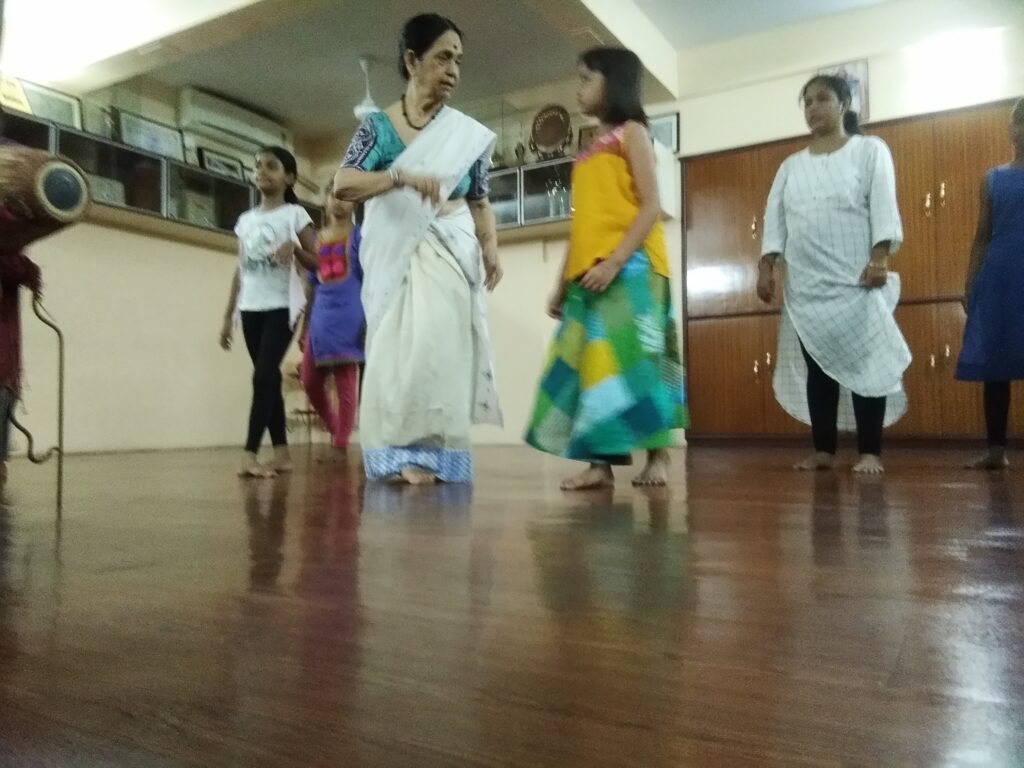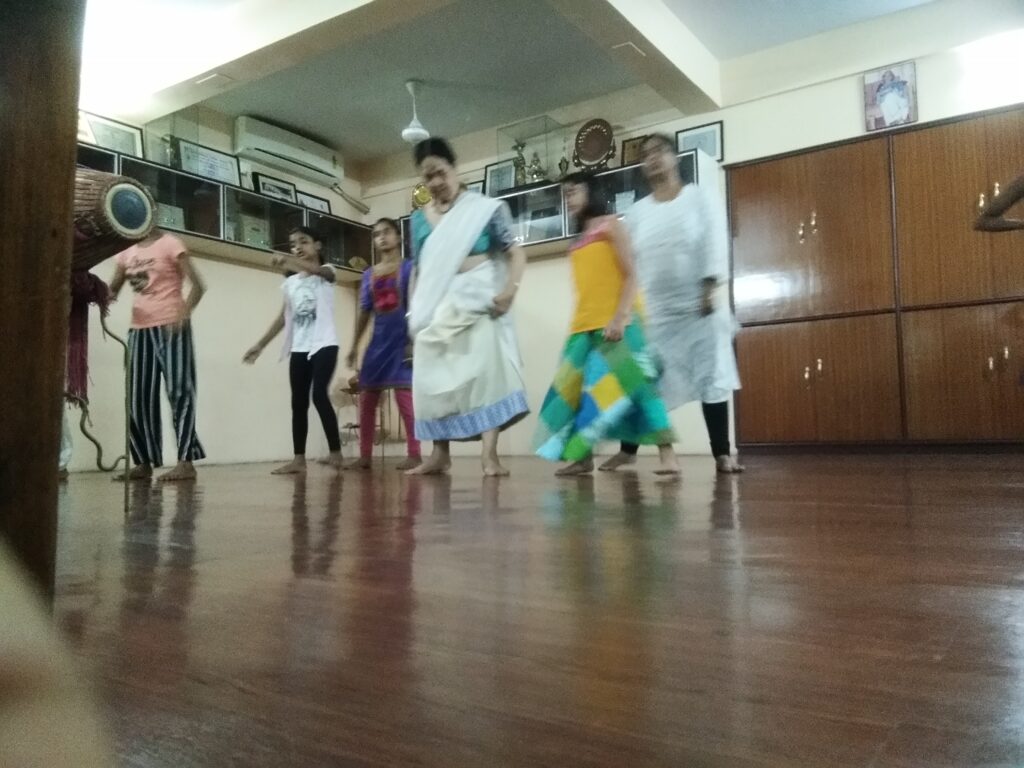Meitei Jagoi
An Oasis of Classical Manipuri Dance
Classical Manipuri dance, in the last few years, seems to be in the doldrums mainly because first, few talented artists or exponents are seen appearing on the national scene and secondly, some self-seeking persons have been persistently exploiting this exquisite art form for obvious personal ends. Since the demise of the three celebrated Gurus Amudon Sarma, Tomba Singh and particularly Amubi Singh who
was associated with Uday Shankar. the great choreographer and dancer, no other exponents of classical Manipuri dance can measure up to their stature and do as much for its fine exposition and untiring propagation. Among the local artistes, Thambalngoubi Devi and Tondon Devi have already retired and Suryamukhi Devi is past her prime. And beyond the bounds of Manipur, Dr. Savita Didi N. Mehta of
Mumbai, with the advancement of age, has remained confined to her researche’s on Manipuri culture and performing arts, whereas R.K. Singhajit and Charusija (nee Mathur) of Delhi are preoccupied with their ballet productions. It cannot, however, be denied that institutions like Jawaharlal Nehru Manipur Dance Academy, Govindaji Nartanalaya, Jagoi Marup, Sangeet Kala Sangam etc. in Manipur are producing
good artistes who are presenting various programmes on invitation or under cultural exchange arrangement not only in India but round the’world, thus doing yeoman’s service to Manipuri Dance. But these are more or less perfunctory and cannot, in any way, be regarded as comparable with what artistes of other classical dance forms are doing systematically and extensively. Frankly admitting, there are
now few Manipuri artistes or exponents who have both resources and dedication to answer the call of the present situation. lts confinement within its place of origin alone is, in fact, not desirable, for a living art needs, for its healthy growth, not only sustained encouragement and continuous critical assessment with new wellconceived compositions without, of course, sacrificing the basic forms and intrinsic
elements but also exposure as wide as possible. These considerations are, in fact,. called for the more so as classical Manipuri dance is originally presented in groups, which aspect unexpectedly brought forth a naive observation from a renowned artiste that “Manipuri dance is not classical”. If this is to be vouchsafed, another definition of ‘classicism’ is to be drawn up. Yes, Ras Leela, Gostha and Udukhol
though sophisticated and highly stylised in the matter of movements and tales involve, by the nature of the themes, a number of artistes. So are Goura Leela and Nata Sankirktana. But these do not entirely preclude items for individual recitals and they are very much there with the scope for more. Here, taking advantage or the presence of the latter, a few self-styled or half-baked Gurus, based in the
metropolitan cities, are making a travesty of this dance style for their persona compositions and yet insisting on calling them Manipuri. And the Manipuris, Ia away at the eastern border of India, have no means to check the ruthles desecration of their own beautiful heritage. It is, however, heartening to no e that Manipuri dance department of Kala Bhavan at Santiniketan has been man
now by qualified products of Jawaharlal Nehru Dance Academy.
It is here that Meitei Jago steps into the breach to keep the flame of classical Manipuri dance aglow. It might not be bright, but is at least pure and untainted. It Mina sense Portiat’s “that little candle at Belmont. here to dispel falsehood and deception The guiding hand and inspiring soul behind this institution, Devjani Chaliha is a class by herself in that her love for classical Manipuri dance, dedication to it and tireless efforts for its preservation and propagation have no parallel. Personally, she has been known to the present writer for the last forty yers as she oined as a lecturer of Philosophy in D.M. College, Imphal while I was a fourth year student there. Everyone in the town was well aware that only by the love of this art form she was drawn to Manipur to feel and enjoy the local ambience by putting up at the modest residence of her Guru the late Amubi Singh and covering daily the distance of nearly six miles to the college and back on a bicycle. So she had the greatest opportunity of learning all that the Guru could impart or rather extracting what he possessed.




Hits: 64

